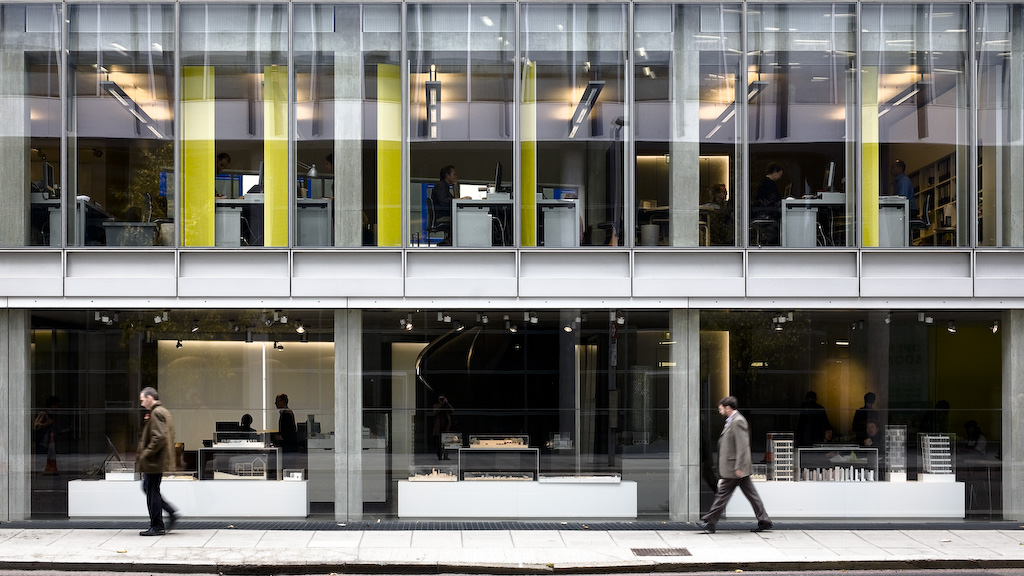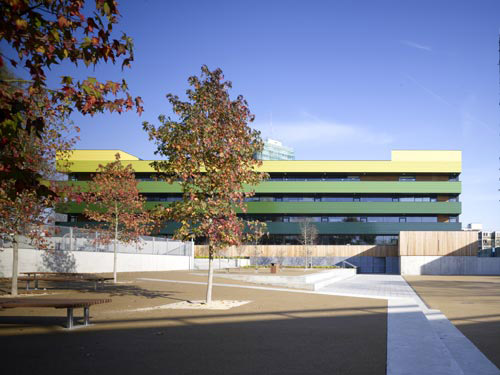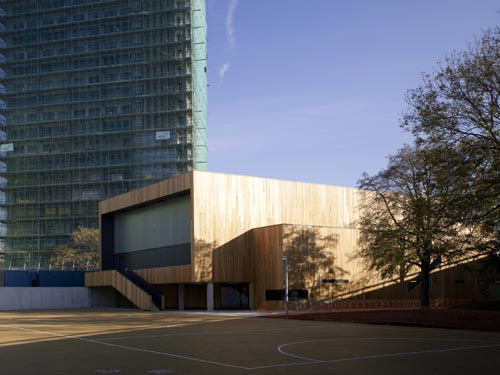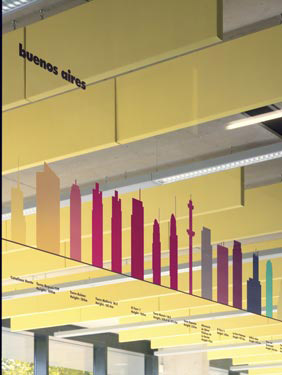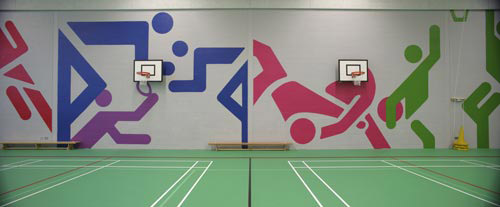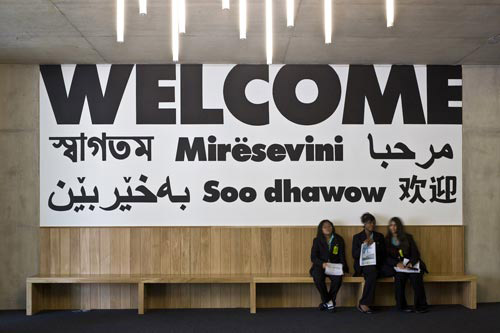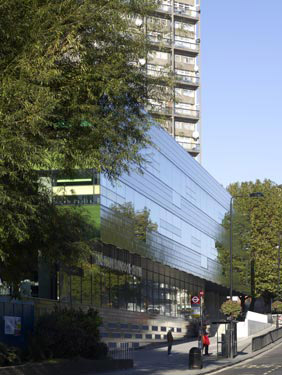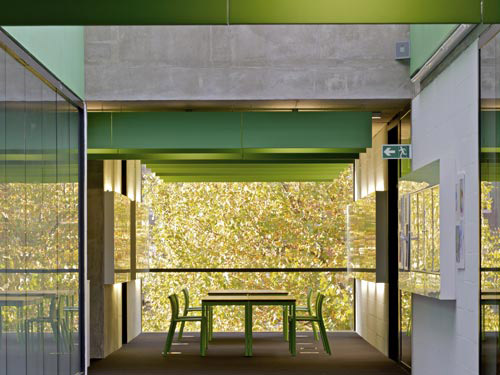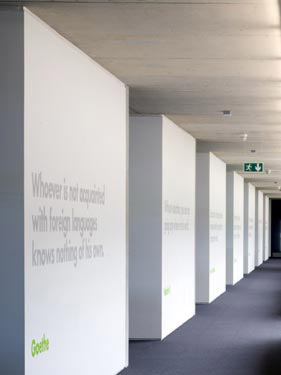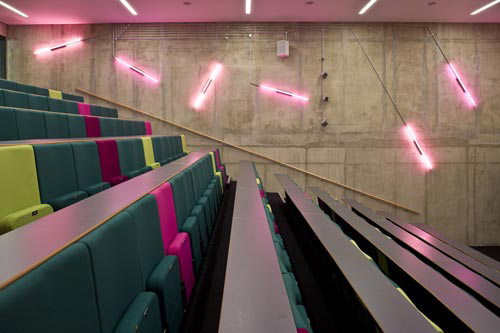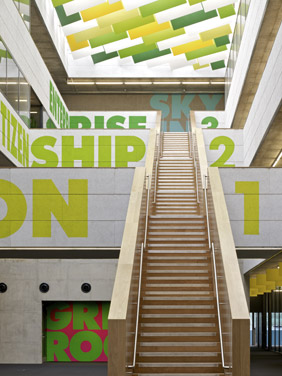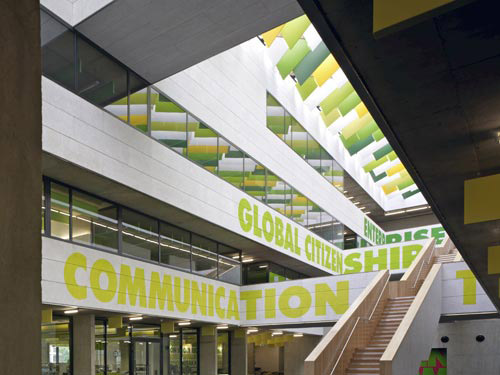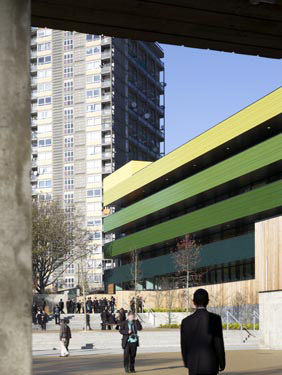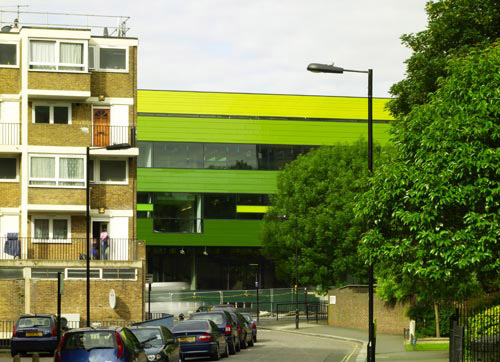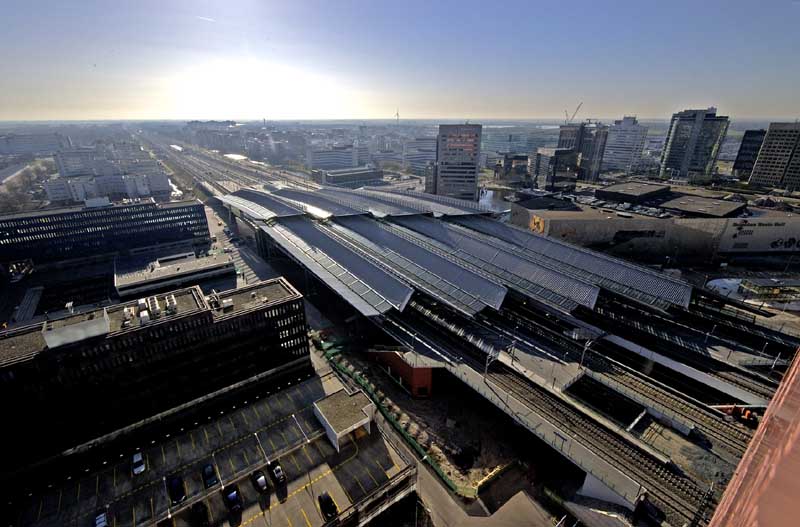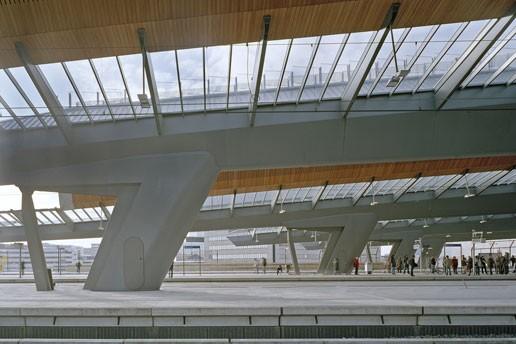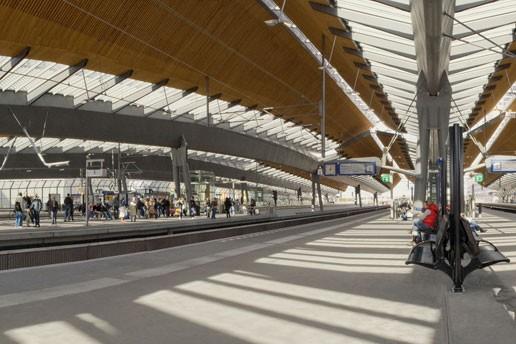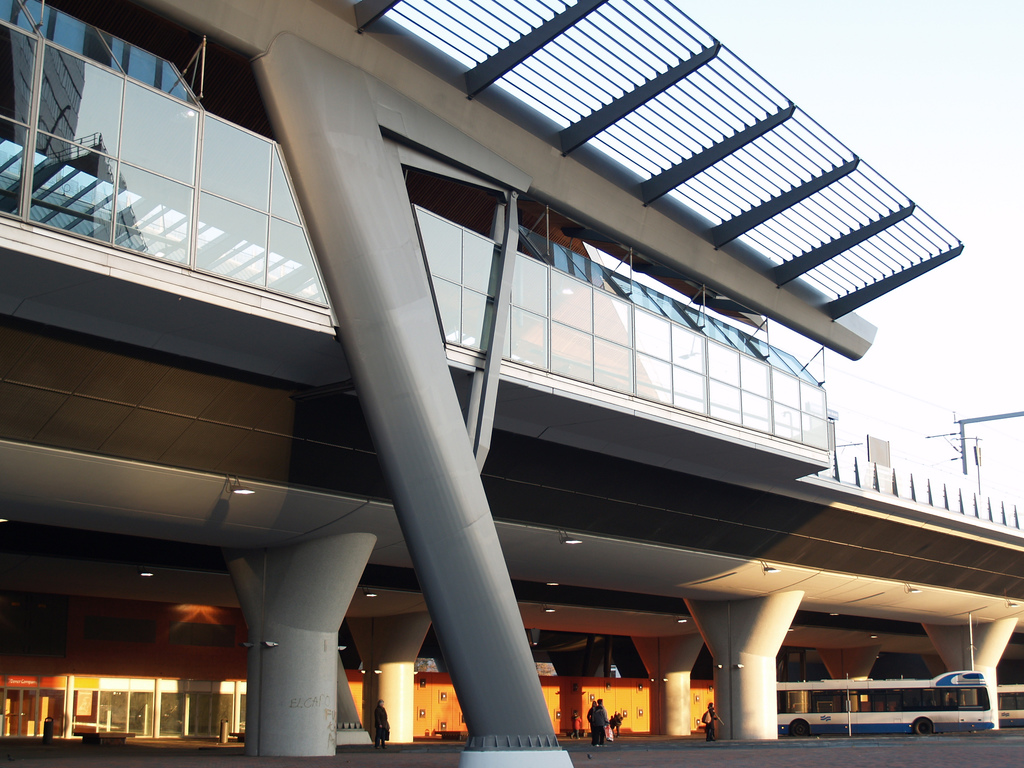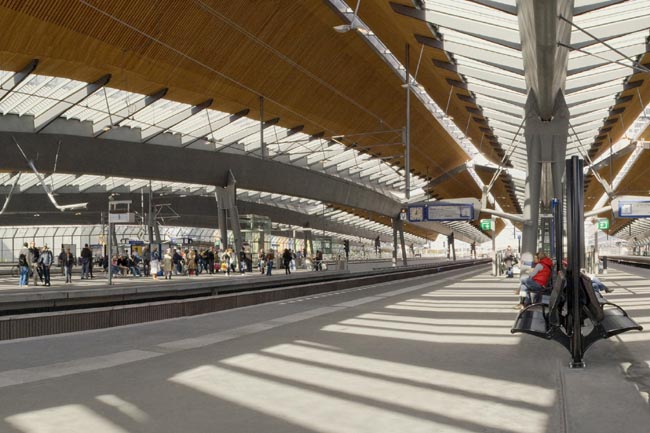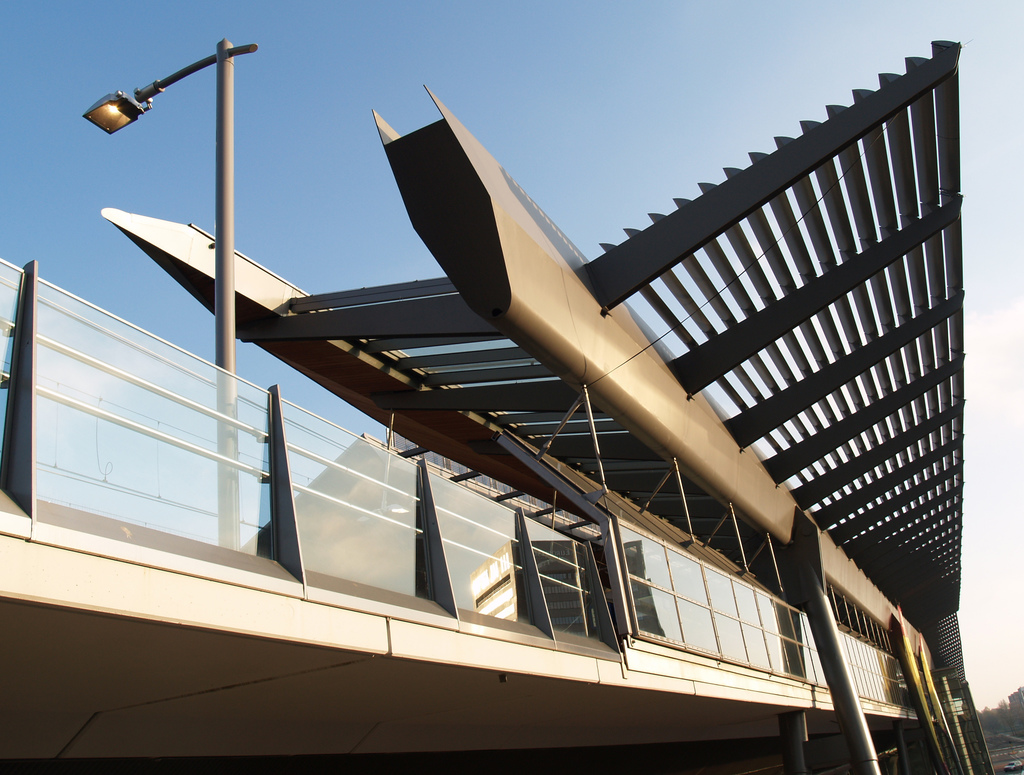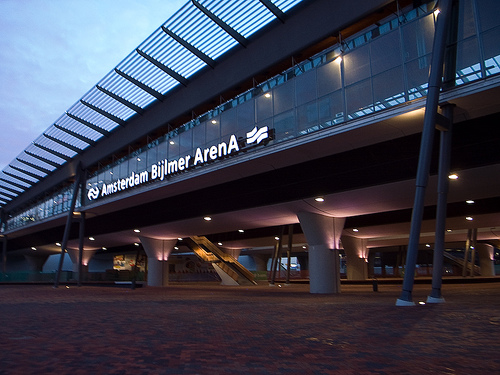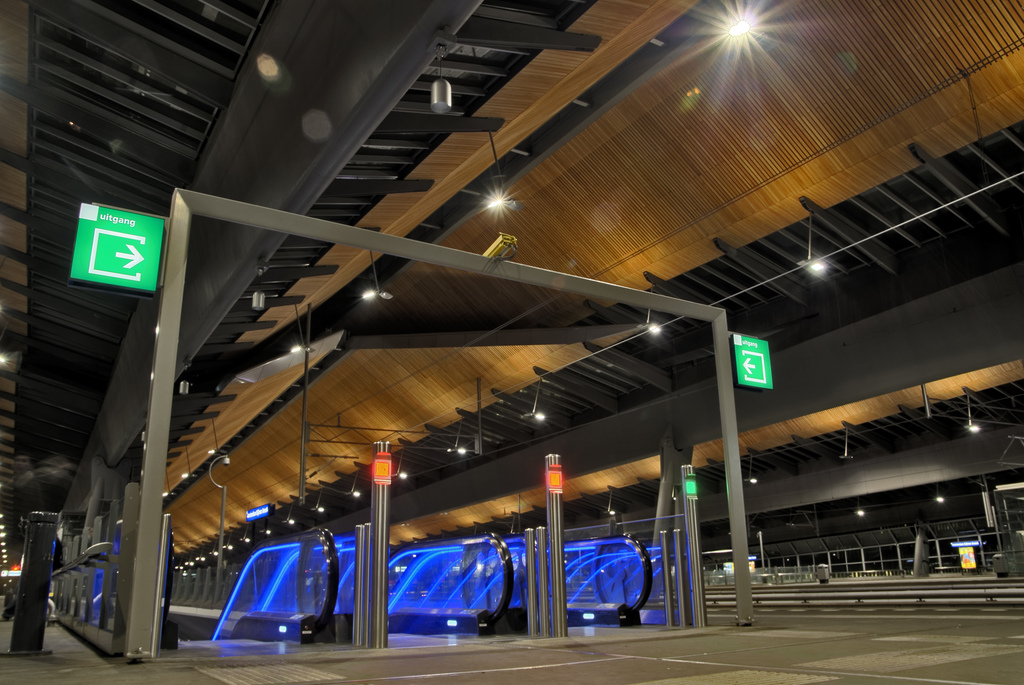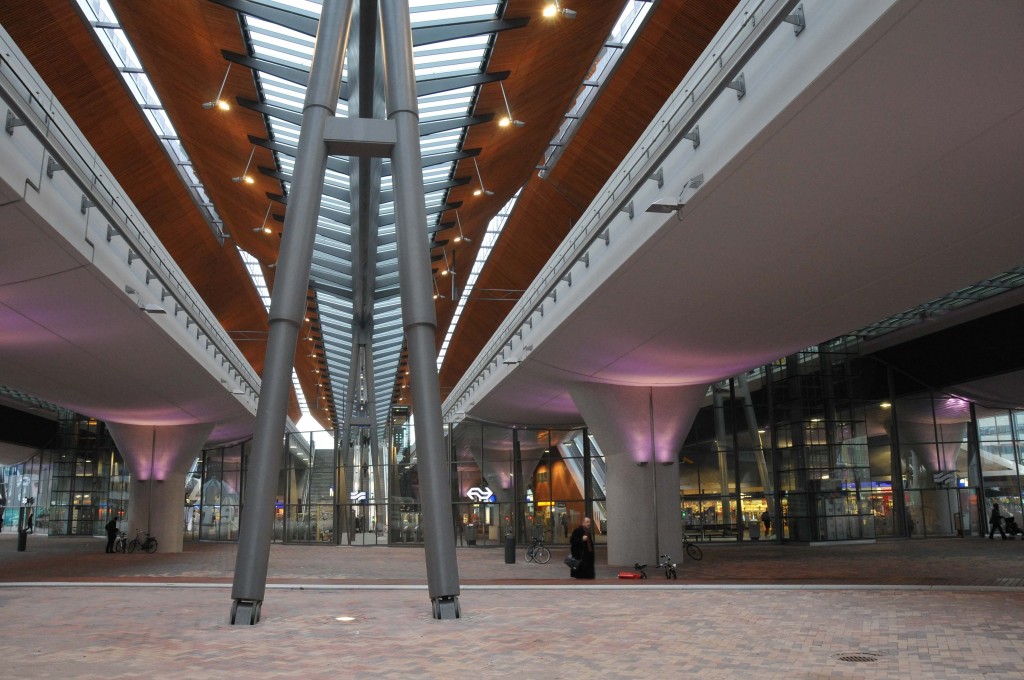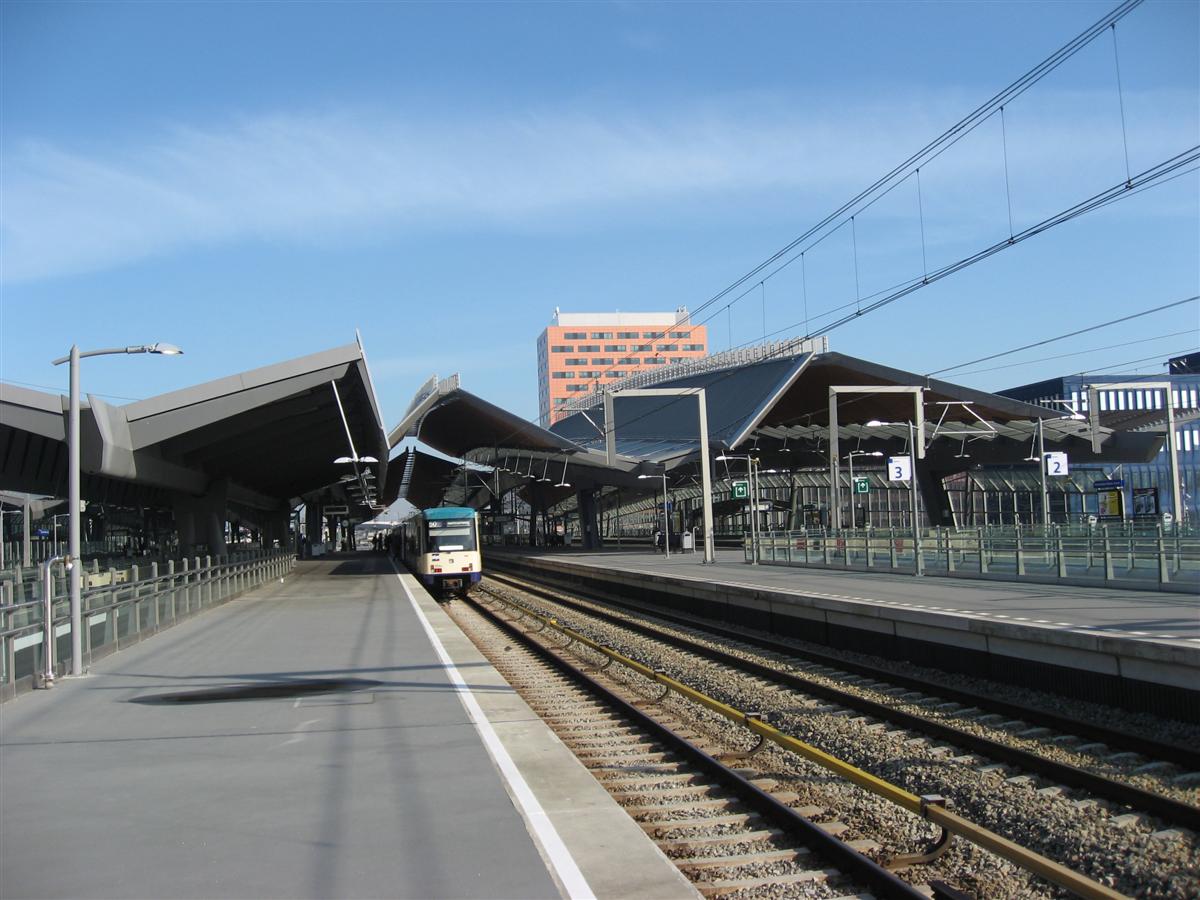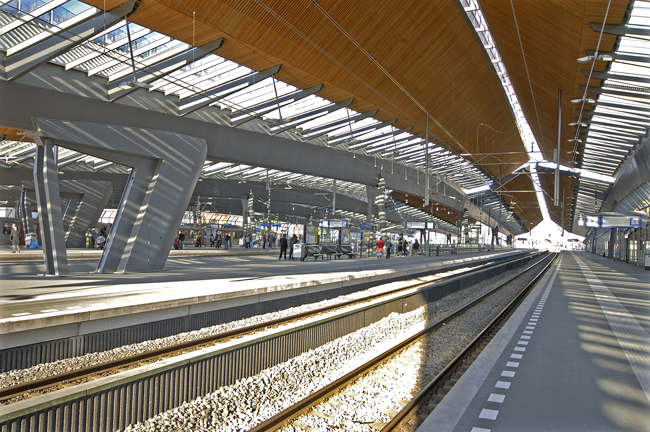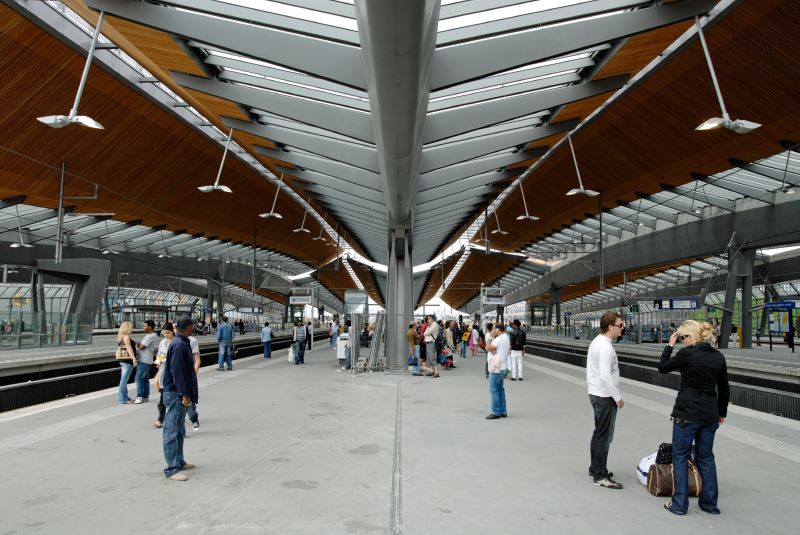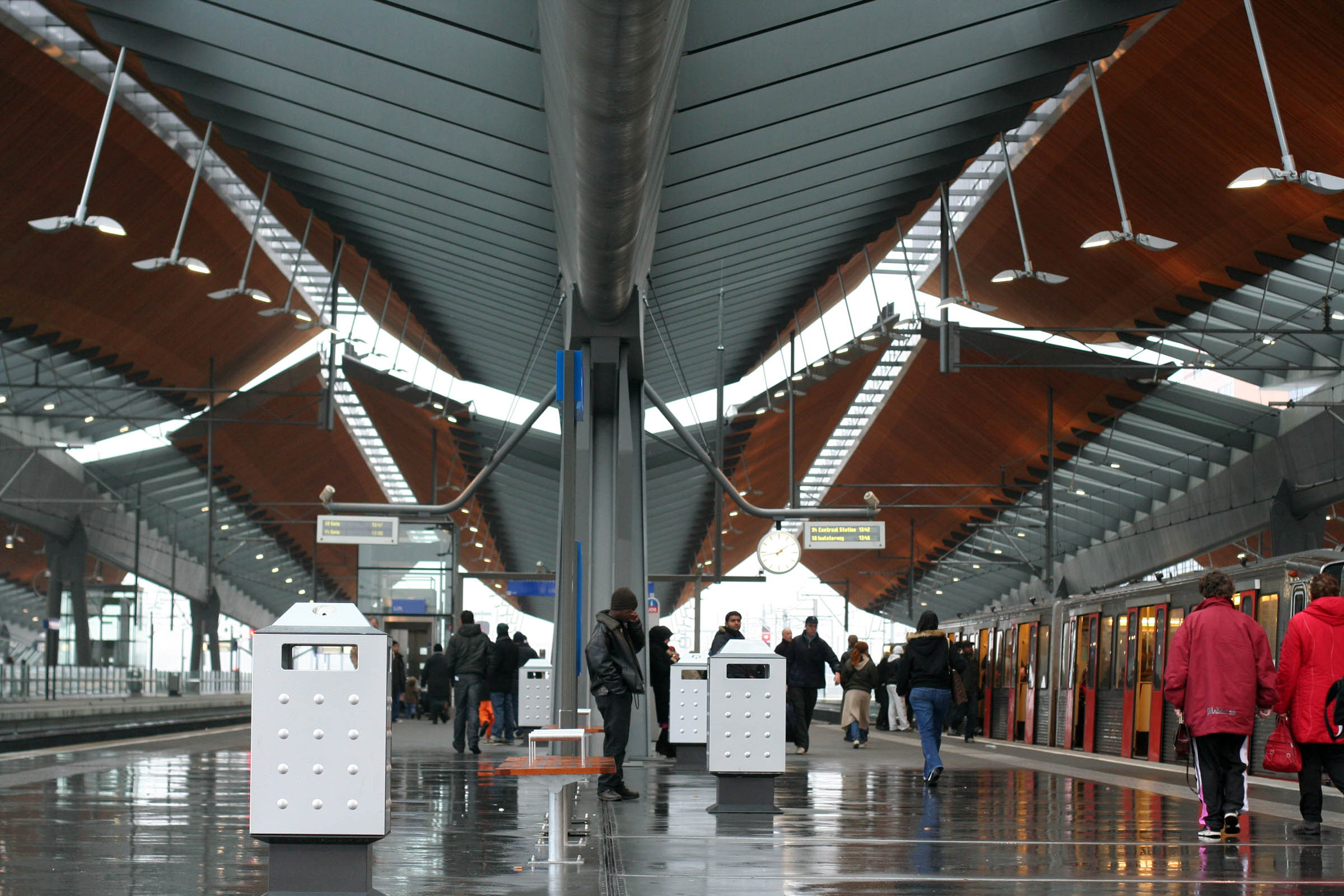設計案:The Sackler Crossing,
Royal Botanic Gardens, Kew
建築師:
John Pawson
完工:May 2006
描述:
In 2004 the decision was taken to commission what is the latest in a series of architectural interventions at Royal Botanic Gardens, Kew – a bridge across the lake.
Following Capability Brown’s preference for the ‘sinuous Line of Grace’, the bridge plots a serpentine path across the water. The deck is set the minimum possible distance from the lake’s surface, allowing those crossing to feel that they are literally taking a walk across the water. This sense of proximity is enhanced by glimpsed views of the lake between the deck treads and by the near invisibility of the supporting structures which lends the bridge a quality of sculptural abstraction. Clear visual connections link the manmade landscape of the bridge with the repeating natural forms of its setting - the gently rounded contours of the land, the smooth expanse of water and the powerful verticals of the trees




The site phase of the project opened with the draining of the lake for long-planned remedial work to the banks. In January 2006, work began on the piled foundations which carry the bridge's steel superstructure. Meanwhile the various components of the crossing were fabricated. The bronze fins which form the crossing's balustrades were extruded in the north of England and the black granite deck treads cut and polished. In a third location, the sweeping curves of the steel superstructure took shape - in two continuous sections which were subsequently sliced into 8-metre lengths for transportation.




Walk on water at Kew
The Sackler Crossing
Royal Botanic Gardens, Kew
Deyan Sudjic
The Observer
14 May 2006
There is no need to know what John Pawson's shimmering, serpentine, bronze ribbon of a bridge is doing in the midst of the sublime landscape of Kew Gardens to appreciate it. The bridge is a beautiful sculptural object, a convincing addition to Kew's distinguished collection of architectural fragments that began with Sir William Chambers's Great Pagoda of 1762. And like the pagoda, it is there both to provide a vantage point to look at the landscape and also to form a part of that landscape, in the great tradition of picturesque English garden design.
But Pawson's bridge is not simply a caprice. It is a part of Kew's ambitious plans for changing the way that visitors see the gardens. Kew isn't the world's first theme park. The Emperor Hadrian had the idea of building lifesize replicas of Athenian monuments and an Egyptian crocodile he had seen on his travels to adorn his villa outside Rome. But when Chambers built Kew's towering Chinese-style pagoda, along with the great gardens at Stourhead and Stowe, it was certainly a precedent for the half-size Eiffel tower on the Las Vegas strip and Disney's Space Mountain.
And now Kew - not judged by the Department of Culture, Media and Sport to qualify for the same level of financial support as it gives to museums that can offer free admission - must compete with such distant progeny as Thorpe Park and Legoland as an admission-charging attraction. To do it, it already has its road trains, its cafes and its merchandise. It is now embarking on a larger, conceptual remodelling of the way that visitors move in and around the gardens.
Kew represents the paradox of being an utterly artificial landscape that is dedicated to the proposition of celebrating nature. Every leaf and blade of grass is there as the result of a human decision. But the effect is not of control, but of an apparently natural composition. What made Kew different from Disney is that Capability Brown and his successors created a landscape that is designed to allow visitors to discover it for themselves.
In recent years, Kew has started to take steps to help its rising numbers of visitors - up to 1.5 million a year now pay £11 each to get in - to appreciate what they are seeing. The key conceptual idea takes it nearer to the Disney model: the creation of a new circulation route around the gardens. Drawn up as part of Kew's masterplan by the architects Wilkinson Eyre, it takes visitors on a circular route centred on Decimus Burton's great palm house, allowing them to experience the formal landscape set pieces of Kew as a series of gradually unfolding experiences before taking them back to their point of departure. Pawson describes this as cutting across the grain of the landscape. The route takes them across Kew's lake, and making it feasible called for the construction of Pawson's pedestrian bridge, to be known after its donor, as the Sackler Crossing.
Pawson's bridge is the antithesis of the muscular, structural gymnastics that have taken over the footbridge since the world of bridge design fell under the spell of Santiago Calatrava. It does not leap across water, showing every straining sinew. Instead it seems to float, a supple, unemphatic ribbon. The deck is a made up of flat granite planks; a regularly spaced series of bronze uprights serves as a balustrade. The gentle S-curve allows you to engage with the landscape, offering a continually changing perspective that is the purpose of these gardens. You are, as Pawson says, 'literally taking a walk on the water'. The bridge allows you to take in the play of sunlight on the limpid surface of the water, inches beneath you. And at the same time, the bridge is an object that now forms part of this landscape - a double S-ribbon defined by the closely spaced bronze posts that form the uprights. Their regular symmetry makes them read both as a continuous plane, but one that remains transparent and avoids the sense of being a solid object.
Architecture in Kew has tended to be of two types. There is the artifice of the pagoda, and the collection of Classical temples and Venetian towers that refers to exotic originals. And there is the unselfconscious originality of Burton's glass and iron palm house. Pawson's bridge is a hybrid synthesis of the two. It is what it is, but it also refers to other things.
